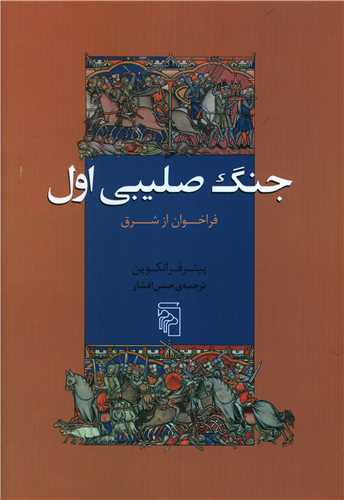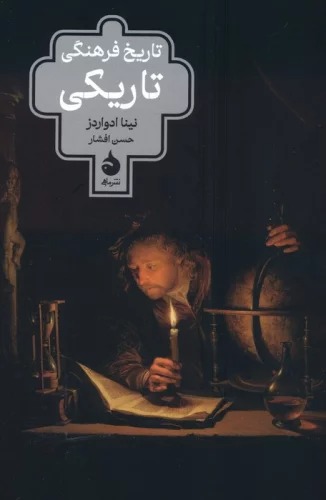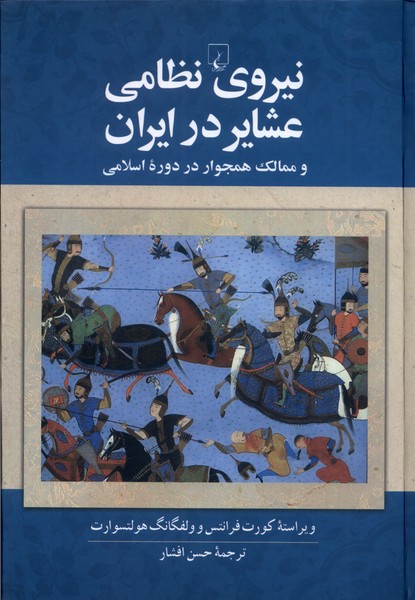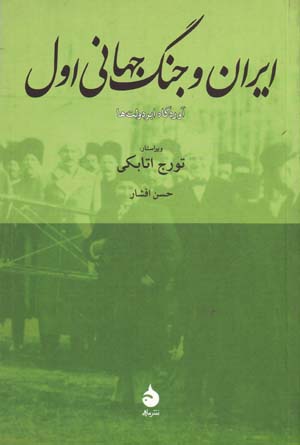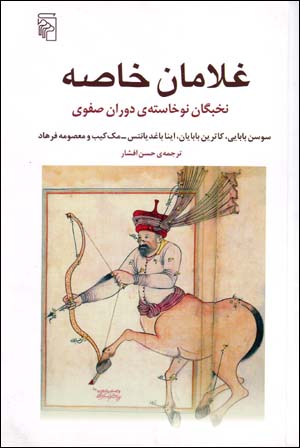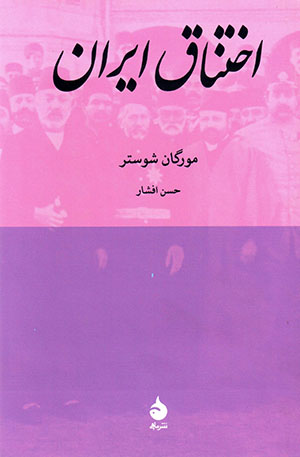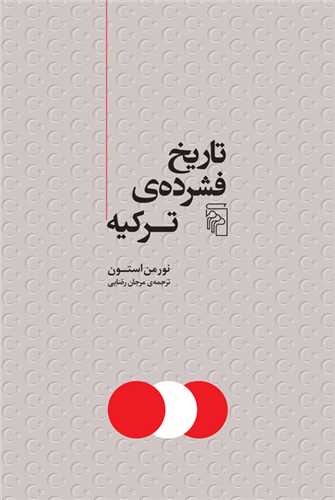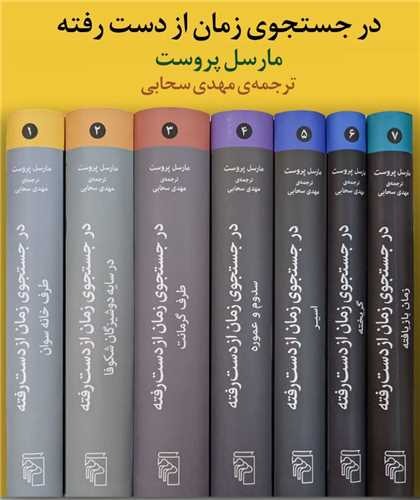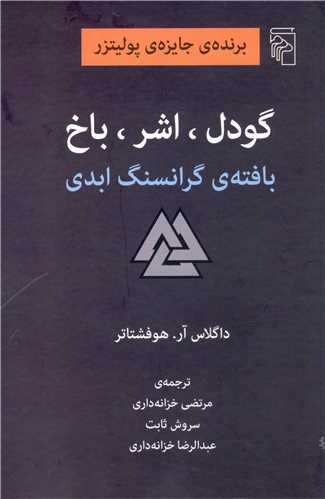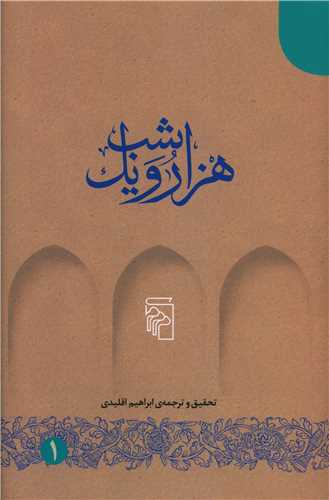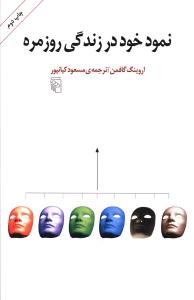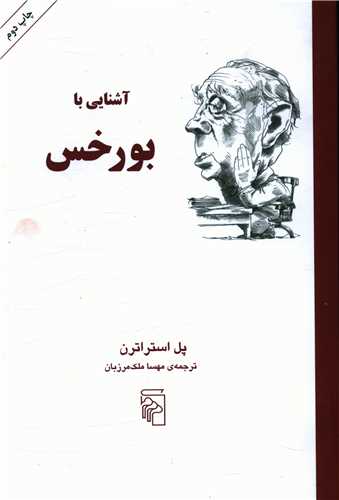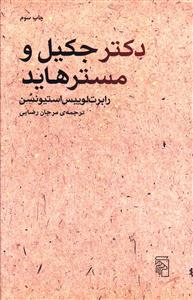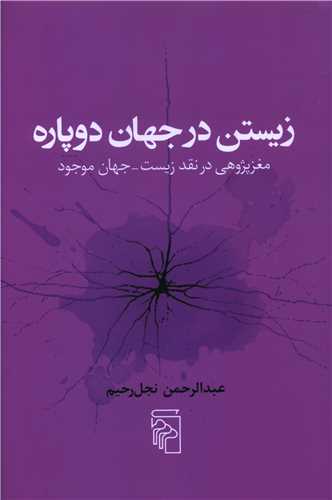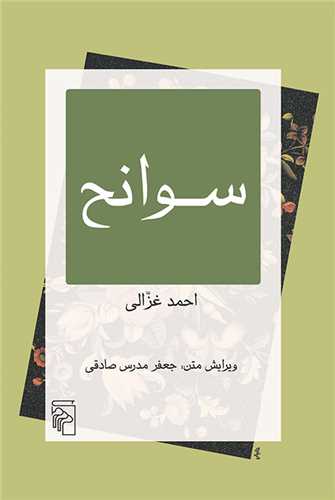Jang-i salībī-yi aval: Persian 1400
جنگ صلیبی اول
13.25 £
Share
Wishlist
Original Title:
The First Crusade: The Call from the East
ISBN:
9789642135028
Translator:
Ḥasan Afshār
Publisher:
Markaz
Age Group:
Adult
Pages:
244
Weight:
375 g
Dimensions:
18 x 25 x 1 cm
Book Cover:
Paperback
According to tradition, the First Crusade began at the instigation of Pope Urban II and culminated in July 1099, when thousands of western European knights liberated Jerusalem from the rising menace of Islam. But what if the First Crusade’s real catalyst lay far to the east of Rome? In this groundbreaking book, countering nearly a millennium of scholarship, Peter Frankopan reveals the untold history of the First Crusade.
Nearly all historians of the First Crusade focus on the papacy and its willing warriors in the West, along with innumerable popular tales of bravery, tragedy, and resilience. In sharp contrast, Frankopan examines events from the East, in particular from Constantinople, the seat of the Christian Byzantine Empire. The result is revelatory. The true instigator of the First Crusade, we see, was Emperor Alexios I Komnenos, who is 1095, with his realm under siege from the Turks and on the point of collapse, begged the pope for military support.
Basing his account on long-ignored eastern sources, Frankopan also gives a provocative and highly original explanation of the world-changing events that followed the First Crusade. The Vatican’s victory cemented papal power, while Constantinople, the heart of the still-vital Byzantine Empire, never recovered. As a result, both Alexios and Byzantium were consigned to the margins of history. From Frankopan’s revolutionary work, we gain a more faithful understanding of the way the taking of Jerusalem set the stage for western Europe’s dominance up to the present day and shaped the modern world.
more
به رغم جذابیتی که جنگ صلیبی اول همیشه برای ما داشته است، شگفتا که هرگز چندان صحبتی از ریشههای واقعی آن به میان نیامده است. قریب ده قرن، توجه نویسندگان و پژوهشگران به شخص پاپ اوربان دوم، سخنرانی برانگیزندهی او در کلرمون و تهییج شهسواران اروپا بوده است. اما در واقع، عامل اصلی لشکرکشی به اورشلیم نه شخص پاپ بلکه امپراتورِ کنستانتینوپل، آلکسیوس کمننوس اول، در شرق بود. سال 1095 آلکسیوس سفیرانی با پیامی فوری به نزد اوربان دوم گسیل کرد. پاپ را در پیاچنتزا یافتند و «از حضرت او و قاطبهی بندگان مسیح تقاضا کردند برای دفاع از این کلیسای مقدس در برابر کفار کمک بفرستند، این درخواست کمک آلکسیوس بود که آتش جنگ صلیبی اول را برافروخت.»
رُم نو، کنستانتینوپل، را در قرن چهارم به مثابهی پایتخت دوم امپراتوری تأسیس کرده بودند تا استانهای گستردهاش در شرق مدیترانه را از آن جا اداره کنند. امپراتوری روم شرقی به نام پایتختاش بیزانس مشهور شد، شهری که وقتی به دست کنستانتین افتاد نامش را به کنستانتینوپل تغییر دادند و پس از غلبهی مسلمانان به قسطنطنیه تغییر نام داد و اکنون استانبول نام دارد.
امپراتوری روم شرقی حتی پس از آن که استانهای غربی روم رنگ باختند و «رم کهنه» در سدهی پنجم سقوط کرد شکوفا ماند. سال 1025 غالب نواحی بالکان، جنوب ایتالیا، آسیای صغیر و بخشهای بزرگی از قفقاز و شمال سوریه تحت حاکمیت آن بود و در سیسیل نیز مطامع توسعهطلبانه داشت.
more

